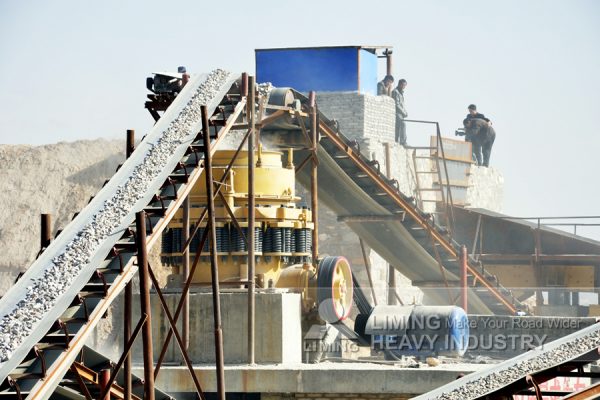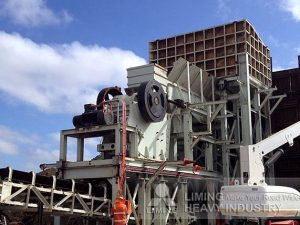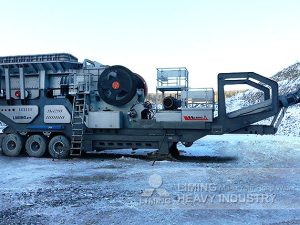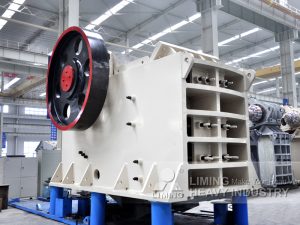Cone crushers are core equipment in mining and sand and gravel production lines, and their production capacity directly impacts overall production efficiency. For mainstream brands like Liming Heavy Industry, achieving a 20% capacity increase through parameter optimization has significant economic value. This article focuses on Liming Heavy Industry's CSB/CSD series cone crushers. Based on the equipment's operating principles and incorporating laminated crushing technology, it systematically analyzes how five key parameters influence capacity. These parameters include the tight-side discharge opening size, the bottom angle of the moving cone, the precession angle, the eccentricity, and the length of the parallel zone. By rationally adjusting these parameters, equipment processing capacity can be significantly improved while maintaining a consistent product particle size. Liming Heavy Industry's unique hydraulic adjustment system and intelligent control system provide technical support for parameter optimization, making capacity improvement plans more feasible.

1. Optimizing the Tight-Side Discharge Opening Size
The tight-side discharge opening parameters of Liming Heavy Industry's PYB series cone crushers directly impact product particle size and production capacity. It is recommended to maintain the discharge opening setting within a range of 10-13mm, and to check for wear with a feeler gauge at each shift. When the discharge opening is expanded to 13mm, the yield rate for particles smaller than 10mm decreases by 15%. Liming Heavy Industry's hydraulic adjustment system allows for precise resetting to 10mm, restoring optimal production capacity. A real-world example shows that by maintaining a 10mm discharge opening, a molybdenum mine increased the proportion of particles entering the mill with a size of less than 15mm to over 90%.
2. Dynamic Cone Bottom Angle Adjustment Strategy
Liming Heavy Industry's intelligent control system supports dynamic adjustment of the dynamic cone bottom angle (recommended 40°-54°). Increasing the bottom angle from 40° to 54° increases production capacity from 650t/h to 1009t/h. However, it should be noted that a bottom angle exceeding 50° will result in a 3%-5% decrease in yield. Liming Heavy Industry's PYD fine crusher recommends a compromise of 48°, combined with its laminated crushing chamber design, to achieve a balance between production capacity and particle size.

3. Collaborative Optimization of Precession Angle and Eccentricity
Liming Heavy Industry's HPC series features an adjustable precession angle (recommended 12°-18°). When the precession angle increases from 12° to 15°, the eccentricity swing stroke increases by 20%, significantly improving material throughput speed. The eccentricity should be adjusted simultaneously to the 85%-90% rated power range recommended by Liming Heavy Industry to avoid overload. Tests on a granite production line show that this combination solution increased production capacity by 22%, while keeping the product's needle-like flake content below 8%.
4. Dynamic Control of Parallel Zone Length
Liming Heavy Industry's patented variable parallel zone technology (length adjustment range: 50-120mm) has a significant impact on production capacity. Reducing the parallel zone from 100mm to 70mm increases production capacity by 18%, but this requires integration with Liming Heavy Industry's intelligent lubrication system to reduce wear. An 80mm parameter is recommended for crushing materials with a hardness of ≤16, achieving a 92% power utilization rate and a 19% increase in production capacity.
5. Intelligent Control of Feed Uniformity
Liming Heavy Industry's CMS system utilizes a vibrating feeder linked to a crushing chamber pressure sensor to achieve full-chamber operation control. When the cavity fill rate is maintained at 75%-85%, production capacity increases by 25% compared to half-cavity operation. The system automatically adjusts the feed rate to maintain a stable power range of 75%-95% of the rated power, avoiding overload and idling. After application on a limestone production line, production capacity increased by 21% and liner life was extended by 30%.



